

The Kentucky and Virginia Resolutions
In response to the Alien and Sedition Acts passed by the Federalist controlled Congress and signed by President John Adams in July 1798, Democratic-Republicans howled long and loud about the legislation that they viewed as an assault on both their party and the Constitution. They turned to their leader, Vice President Thomas Jefferson, to counter these Acts and, if possible, use them to their political advantage.
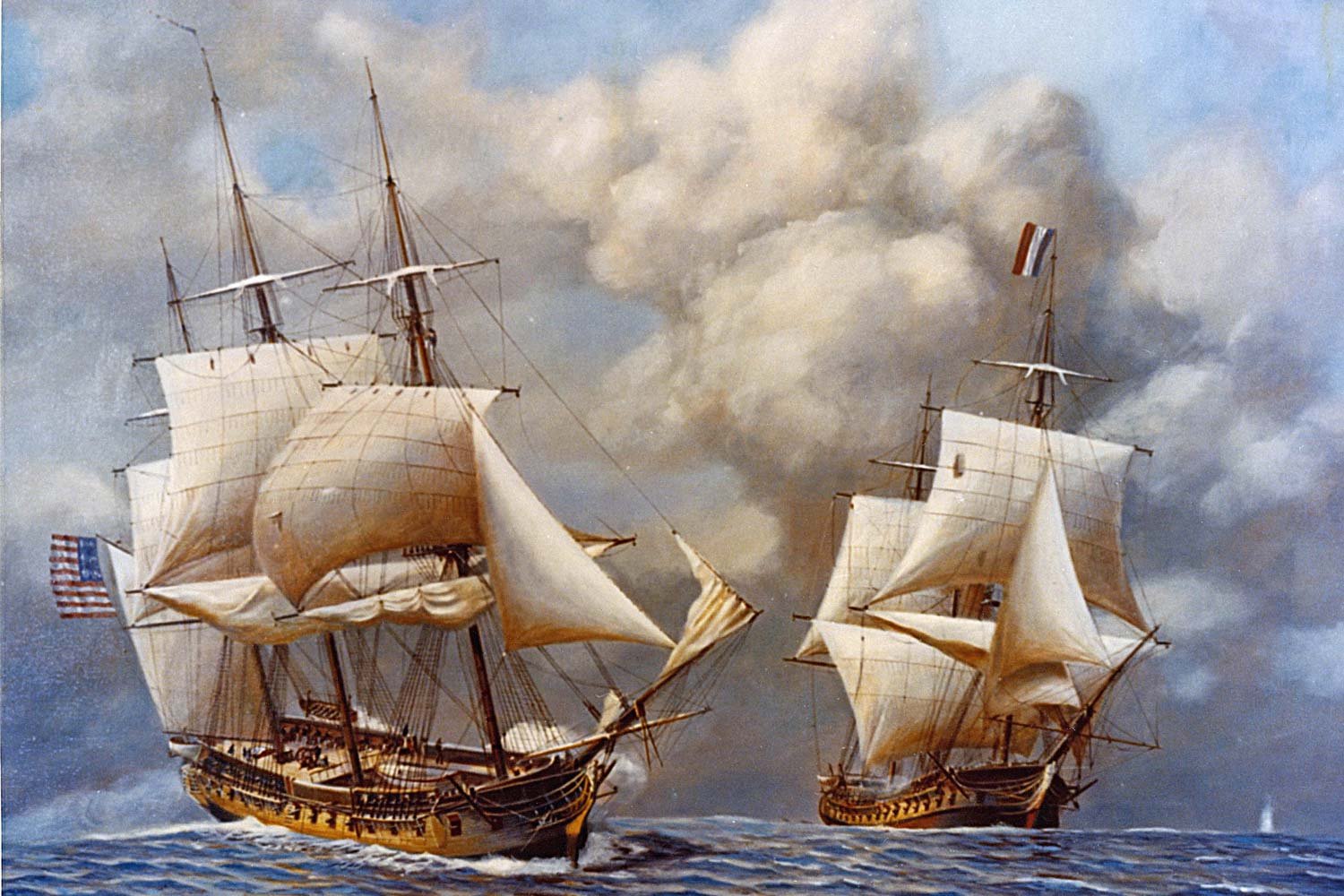
The Alien and Sedition Acts
The disrespect shown to the United States by France in the XYZ Affair in the spring of 1798 pushed the Federalists who controlled Congress to pass the Alien and Sedition Acts, a series of four laws, which President John Adams reluctantly signed into law in July. Posterity has viewed these measures harshly, but it is important to view them from the lens of 1798 and not modern times. At the time of their enactment, although many had reservations, the rationale behind them was not entirely groundless.
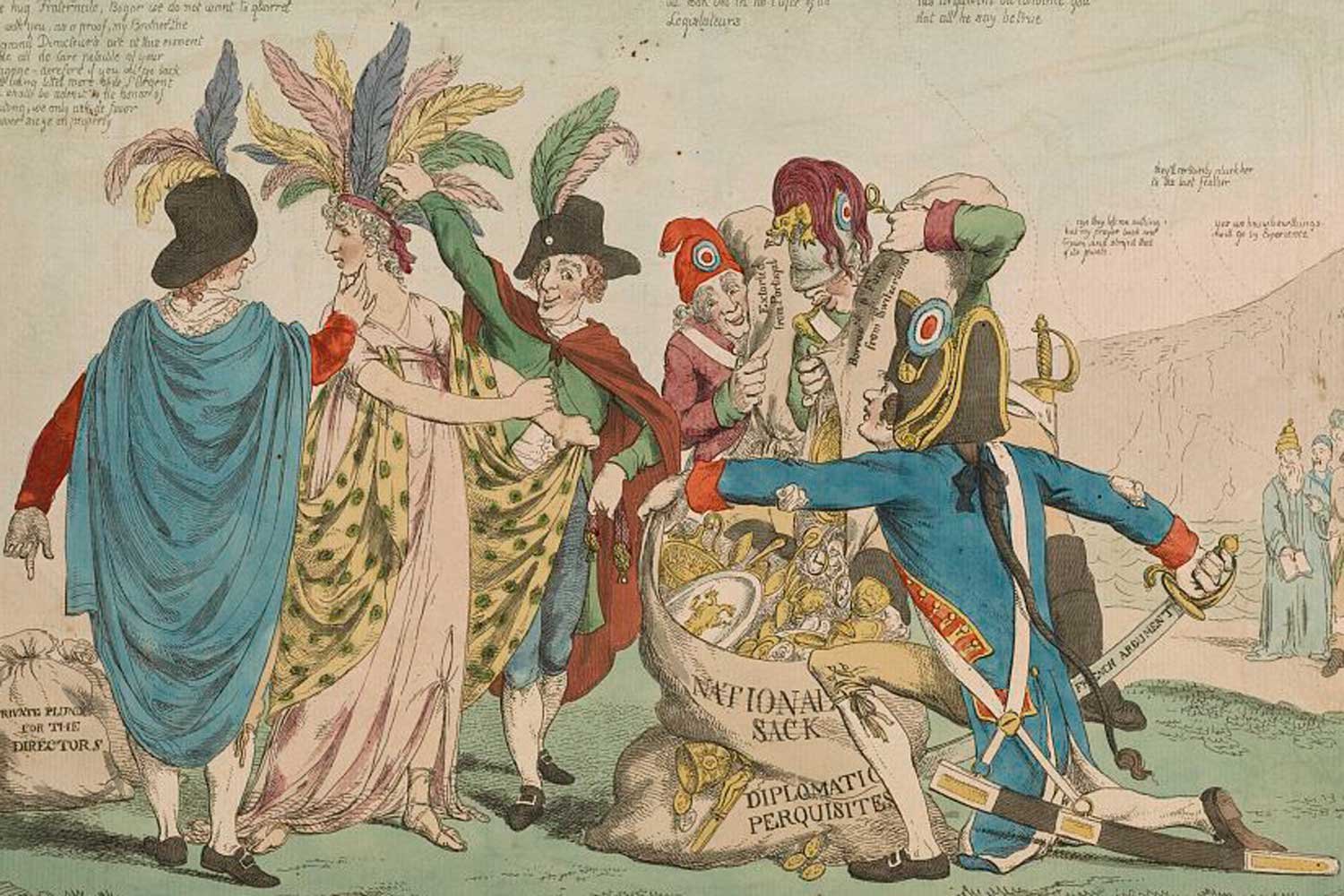
The XYZ Affair
On March 4, 1797, John Adams was sworn in as the second president of the United States and began a four-year stretch that would be dominated by a deteriorating relationship with France. Adams would also see a decrease in support from his own Federalist Party as the supremely conscientious Adams pursued policies that he deemed best for the country, but not necessarily best for the party or his popularity.
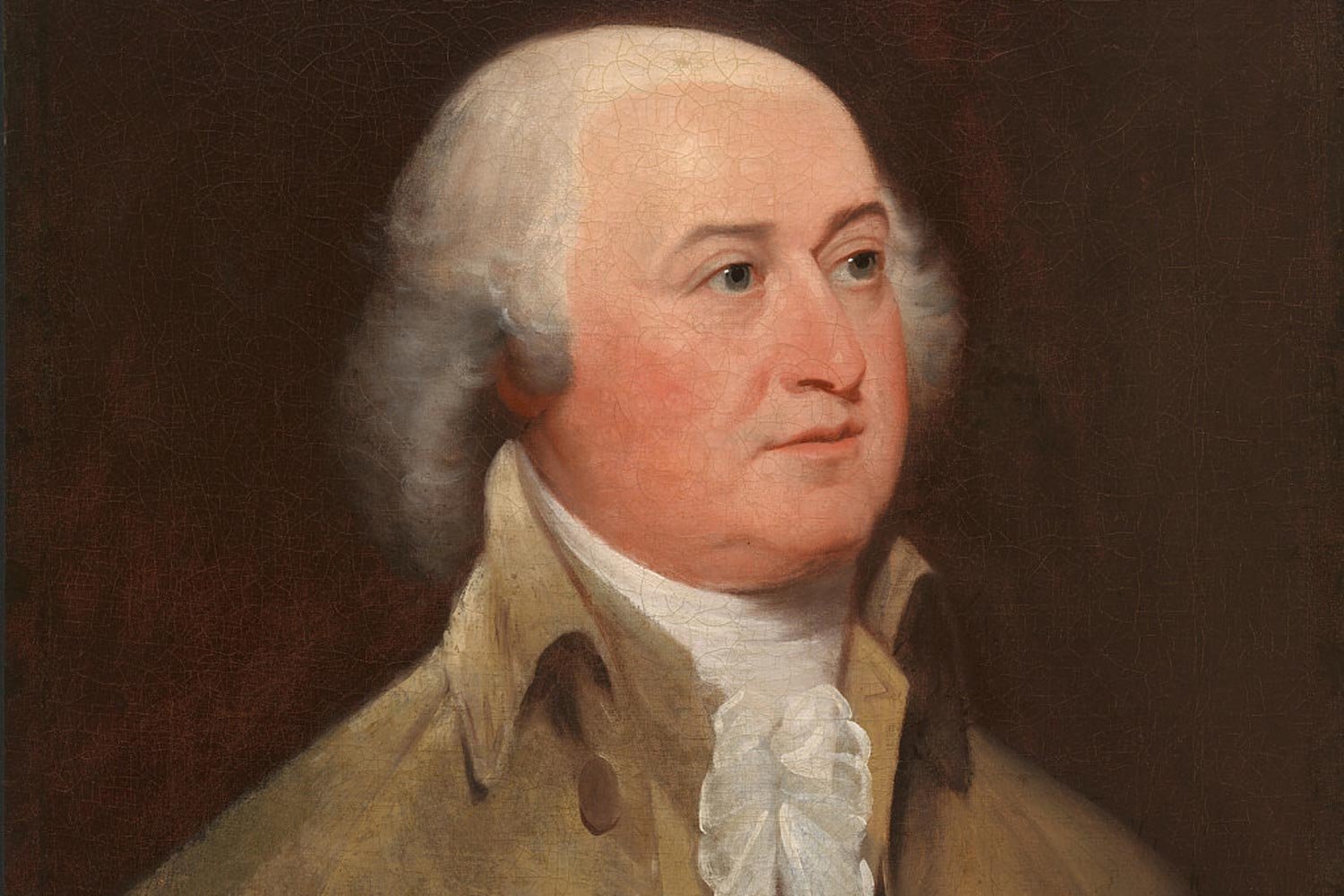
The Rise of John Adams
John Adams was one of America’s greatest patriots from the Founding generation. From gaining unanimous agreement from state delegations to the Declaration of Independence to obtaining favorable terms in the Treaty of Paris, Adams may have contributed more to America gaining her independence than anyone other than George Washington.
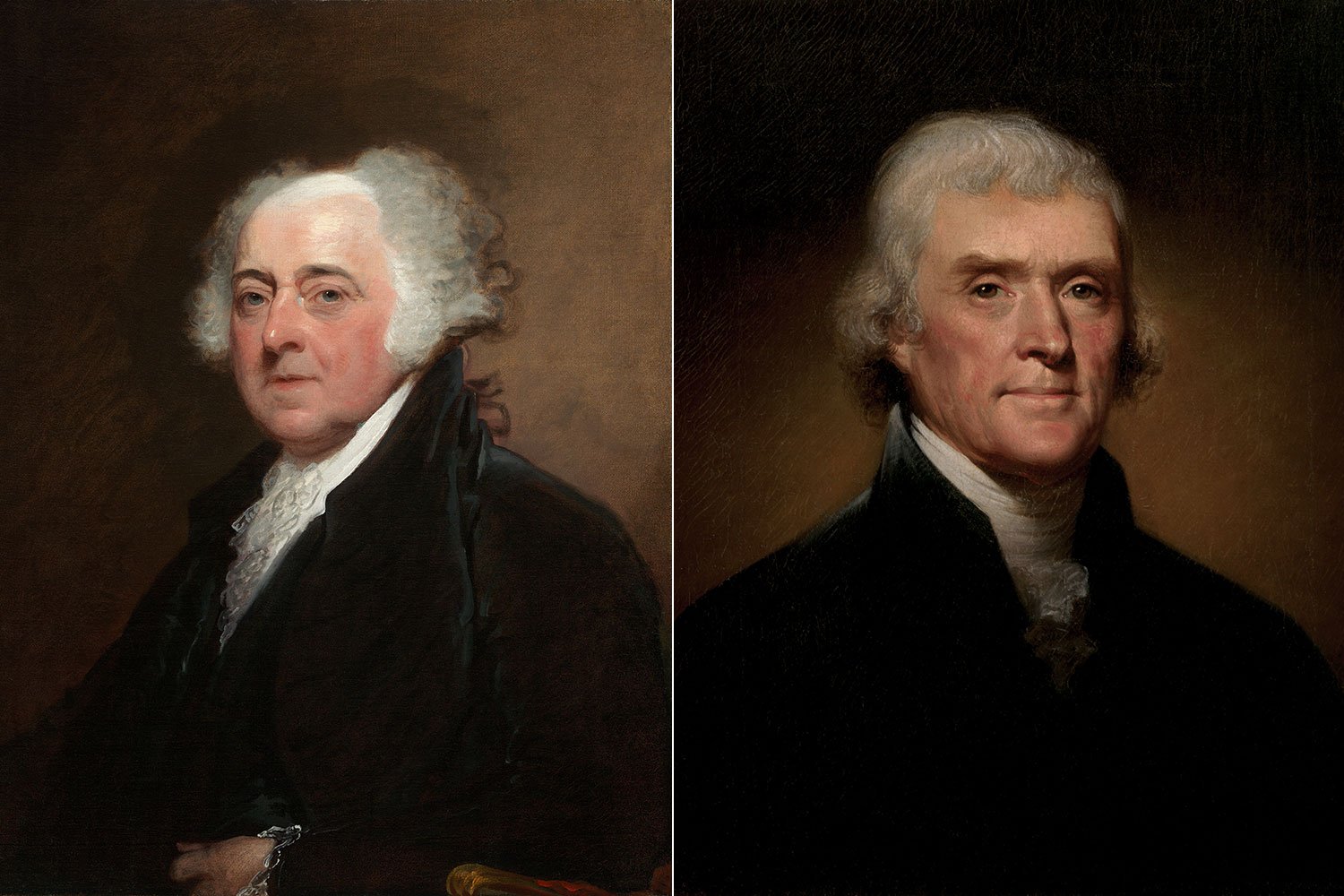
The Election of 1796
After serving two terms as President, George Washington decided to not seek a third and instead retire from public life. His decision led to the country’s first contested presidential election in the fall of 1796, pitting Thomas Jefferson against Vice President John Adams. Arguably, no presidential election in the history of the United States has ever featured a choice between two such American titans.

The Legacy of George Washington
No man has had a greater impact on the United States than George Washington. This quintessential American carried the country through eight long years of its Revolution and devoted another eight years getting the new Constitutional government established as its first President. Washington was one of those rare individuals who seemed destined, almost from birth, for greatness, as if the hand of Divine Providence was watching over and protecting him, saving him for greater things.
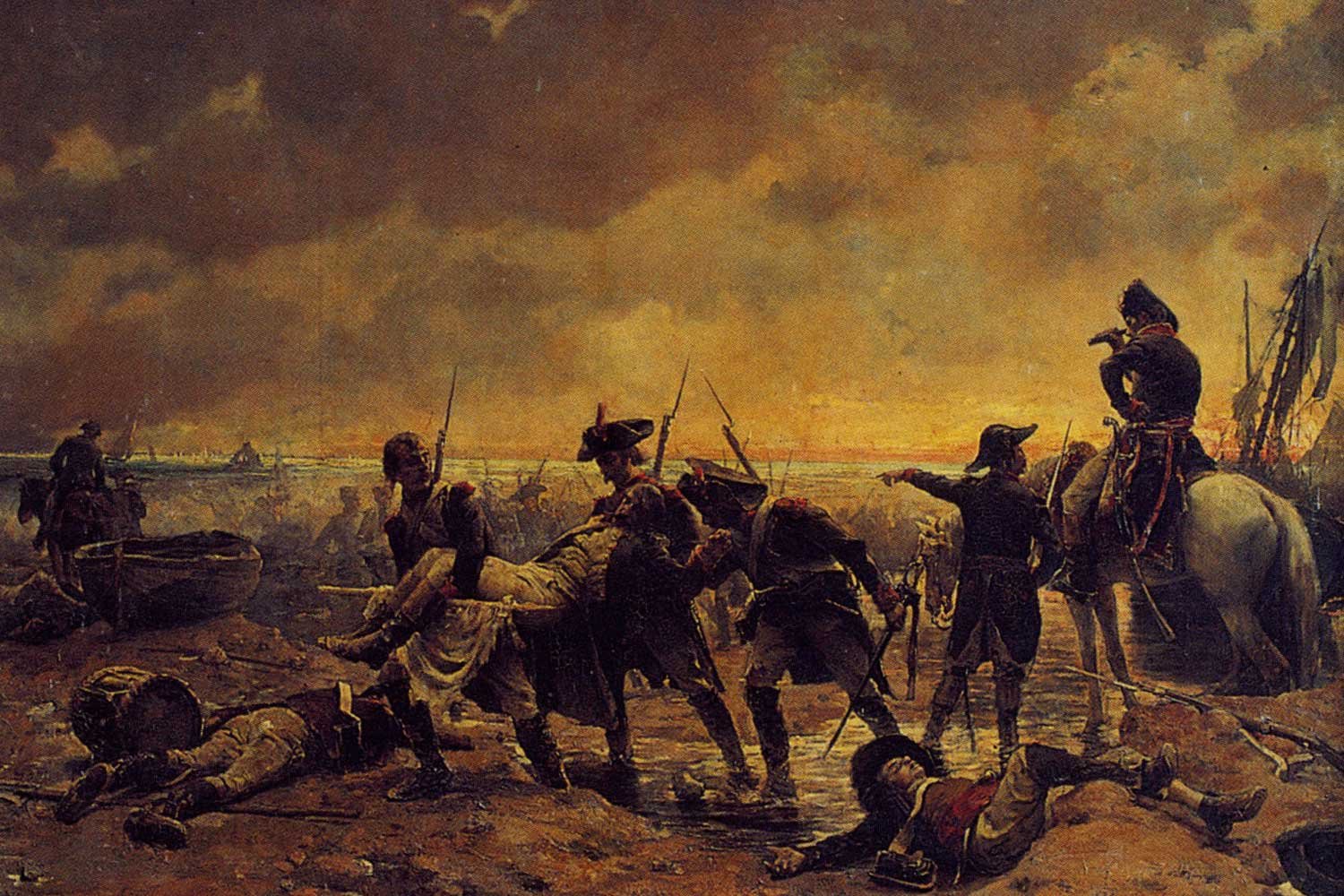
Washington’s Farewell Address – Debt and Foreign Entanglements
In his Farewell Address, President Washington shared his thoughts on several topics, including the need for America to remain fiscally prudent and to avoid permanent foreign alliances that could pull America into a costly war. With the fighting raging again in Europe, this time thanks to Revolutionary France, and with much sentiment favoring the French, Washington felt it necessary to advise a neutral course for the United States.
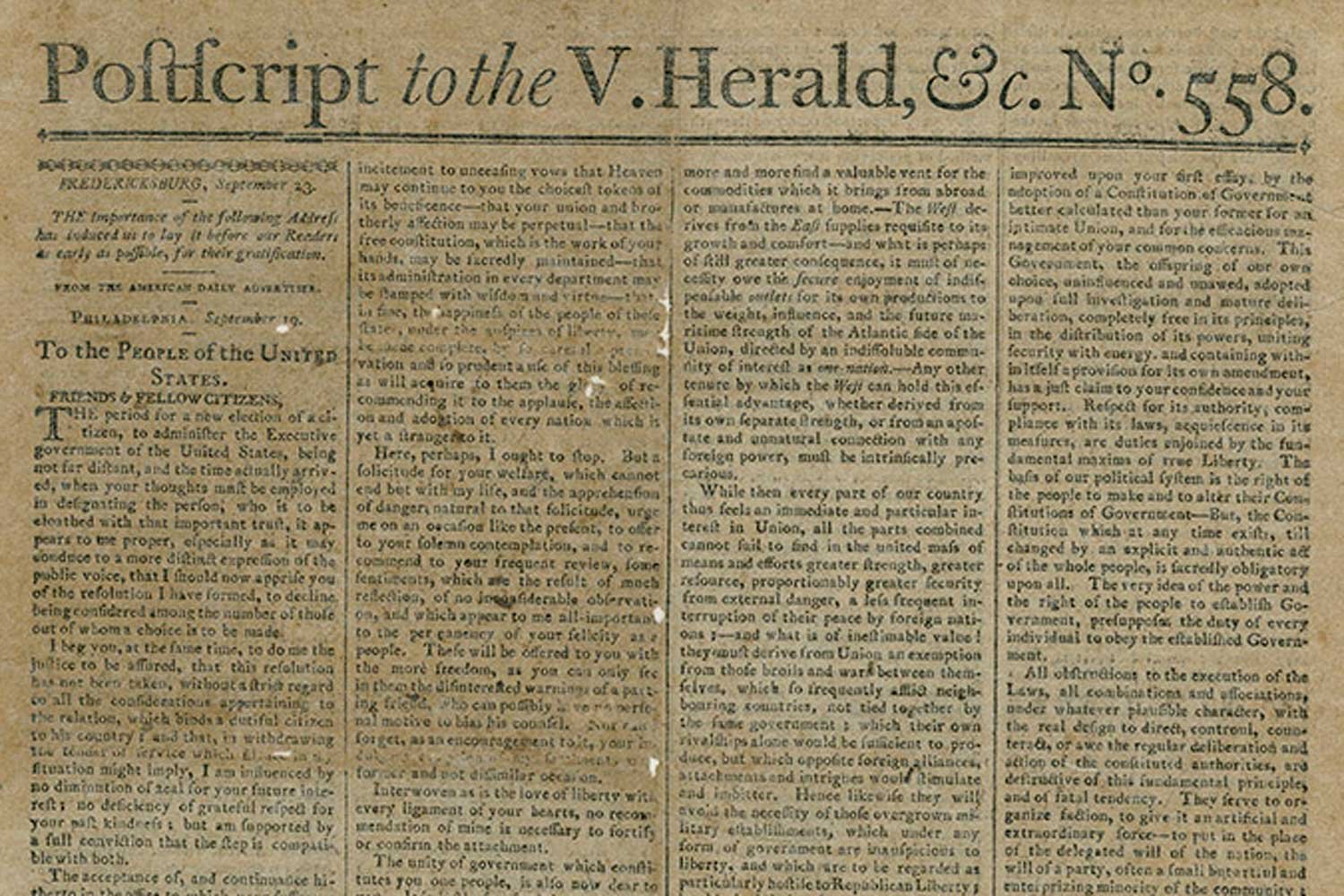
Washington’s Farewell Address – The Need for Unity
In May 1796, President George Washington asked Alexander Hamilton, arguably his most devoted and trusted assistant, to draft a letter informing the country of his intention of retiring from public life and explaining Washington’s reasons for doing so. This American masterpiece was crafted and word smithed by Hamilton, but all the ideas were Washington’s.
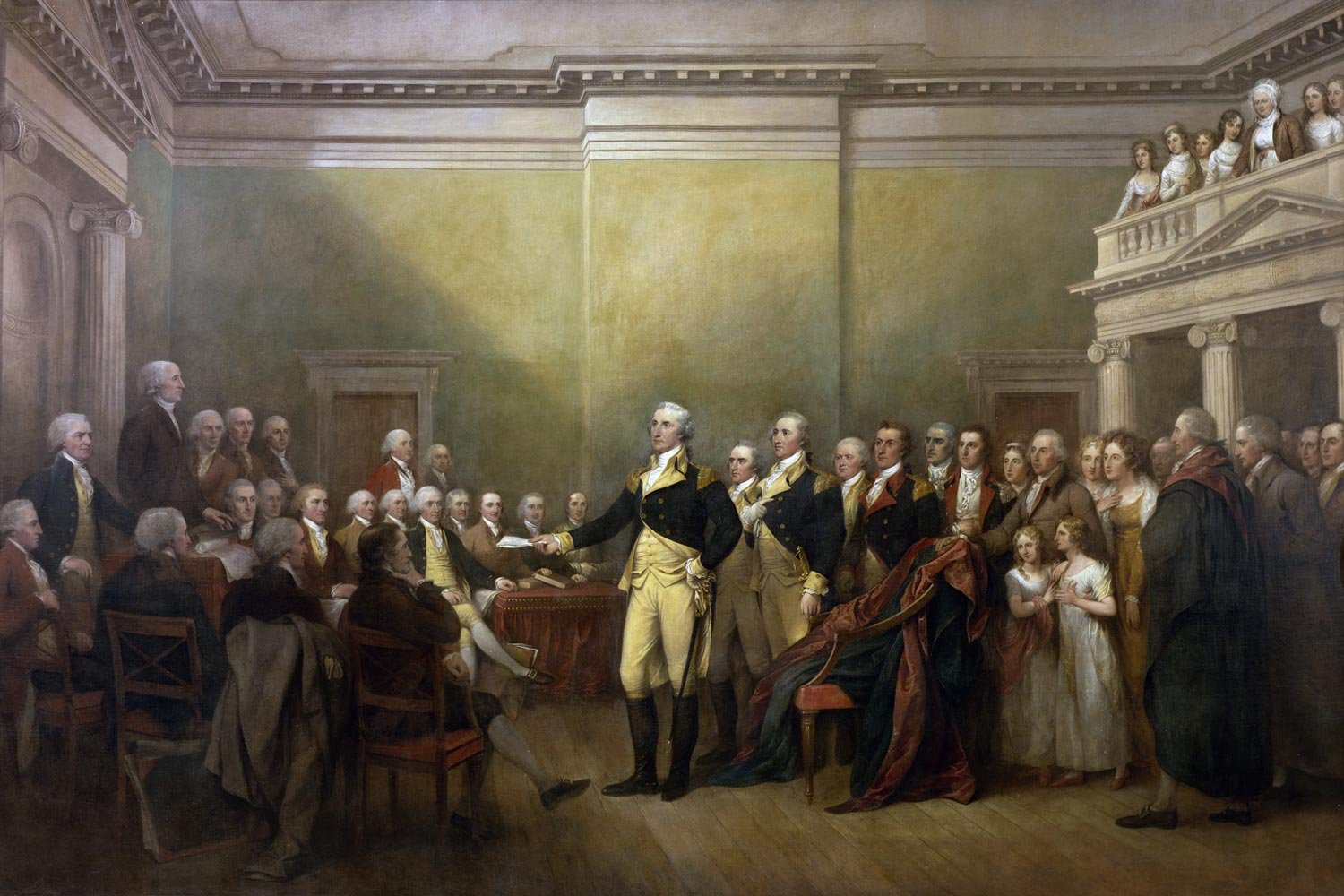
Washington’s Farewell Address – The Background
George Washington’s Farewell Address is one of the greatest documents in our nation’s history. It was a letter written by President Washington to his fellow citizens as he neared the end of his second term as President. Published in the American Daily Advertiser on September 19, 1796, its purpose was to inform Washington’s countrymen that he would not seek a third term as chief executive and provide the reasons why, as well as give some fatherly advice for America moving forward.
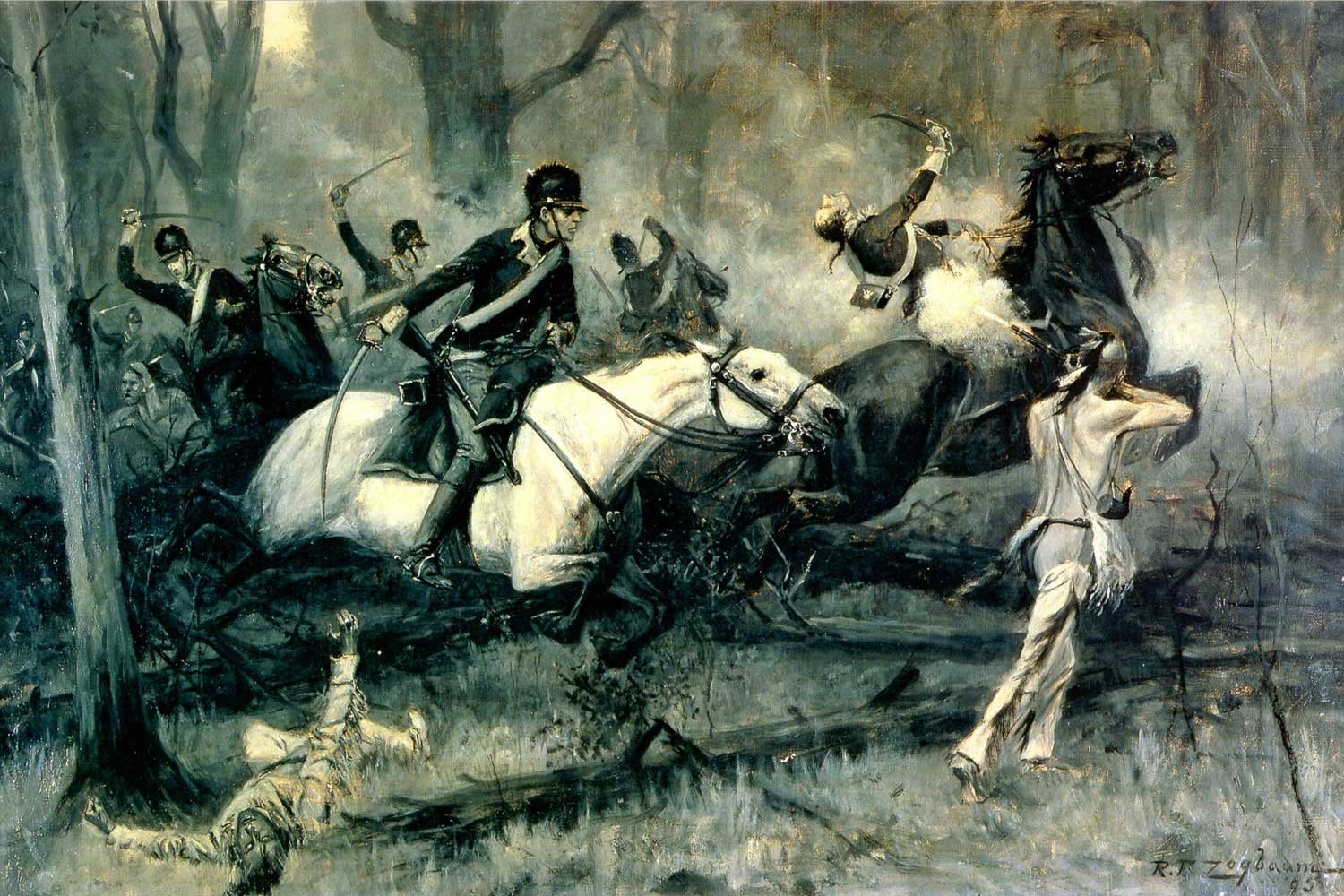
The Battle of Fallen Timbers
In March 1792, following St. Clair’s debacle at the Battle of the Wabash, a reluctant Congress agreed to President George Washington’s request to create a force suitable to finally conquer the Northwest Territory. The result was a 5,000-man force called the Legion of the United States, the forerunner of the United States Army. Its creation represented a seismic change for many Americans as the Legion moved the defense of the country from the militia to a standing army.
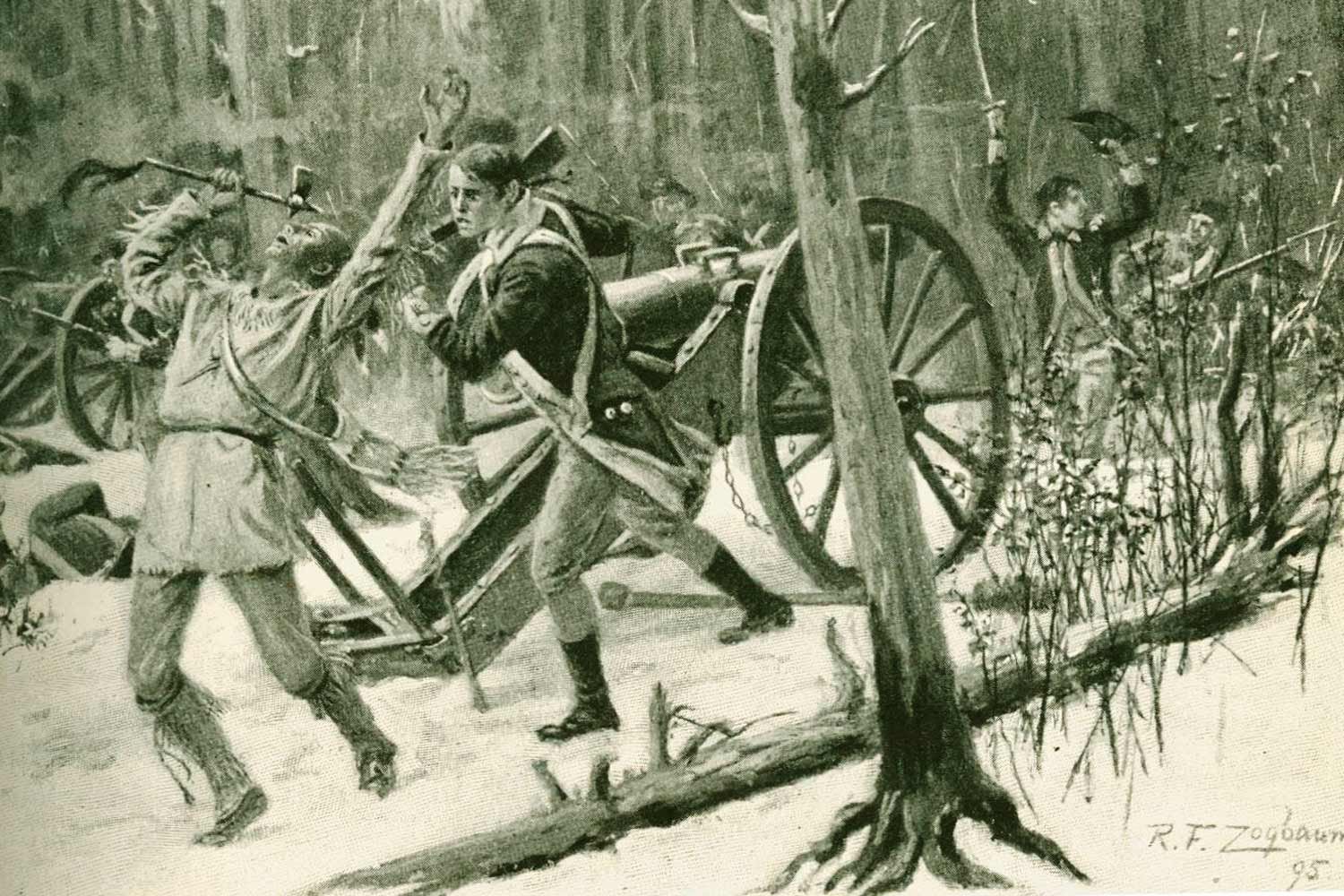
St. Clair’s Debacle on the Wabash
The American army commanded by General Josiah Harmar had been badly mauled by the Northwestern Confederacy in the autumn of 1790. Anxious to demonstrate the will and ability to gain control of the Ohio Country, the following March, Congress expanded the army to two regiments and President George Washington appointed Arthur St. Clair, the Governor of the Northwest Territory, to command the new force.
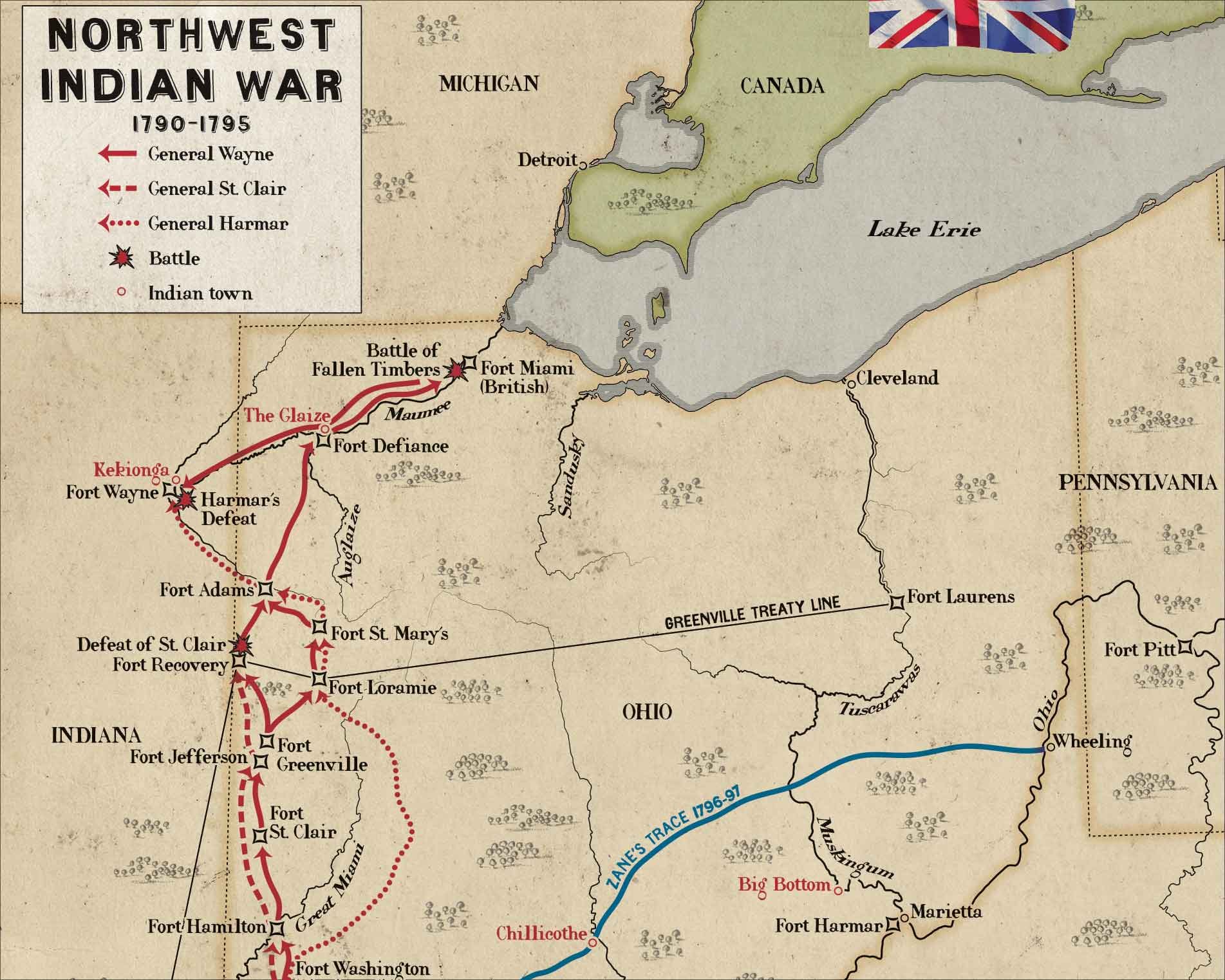
Settling the Ohio Frontier
The Northwest Ordinance of 1787 created the Northwest Territory and a template for how the vast area, also known as the Ohio Country, was to be settled by the United States. But determining how the land was to be developed was the easy part. The more challenging aspect for the federal government was how to make the territory safe for the new settlers given the many Indian tribes who claimed this area as their own and had no desire to move.




